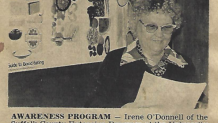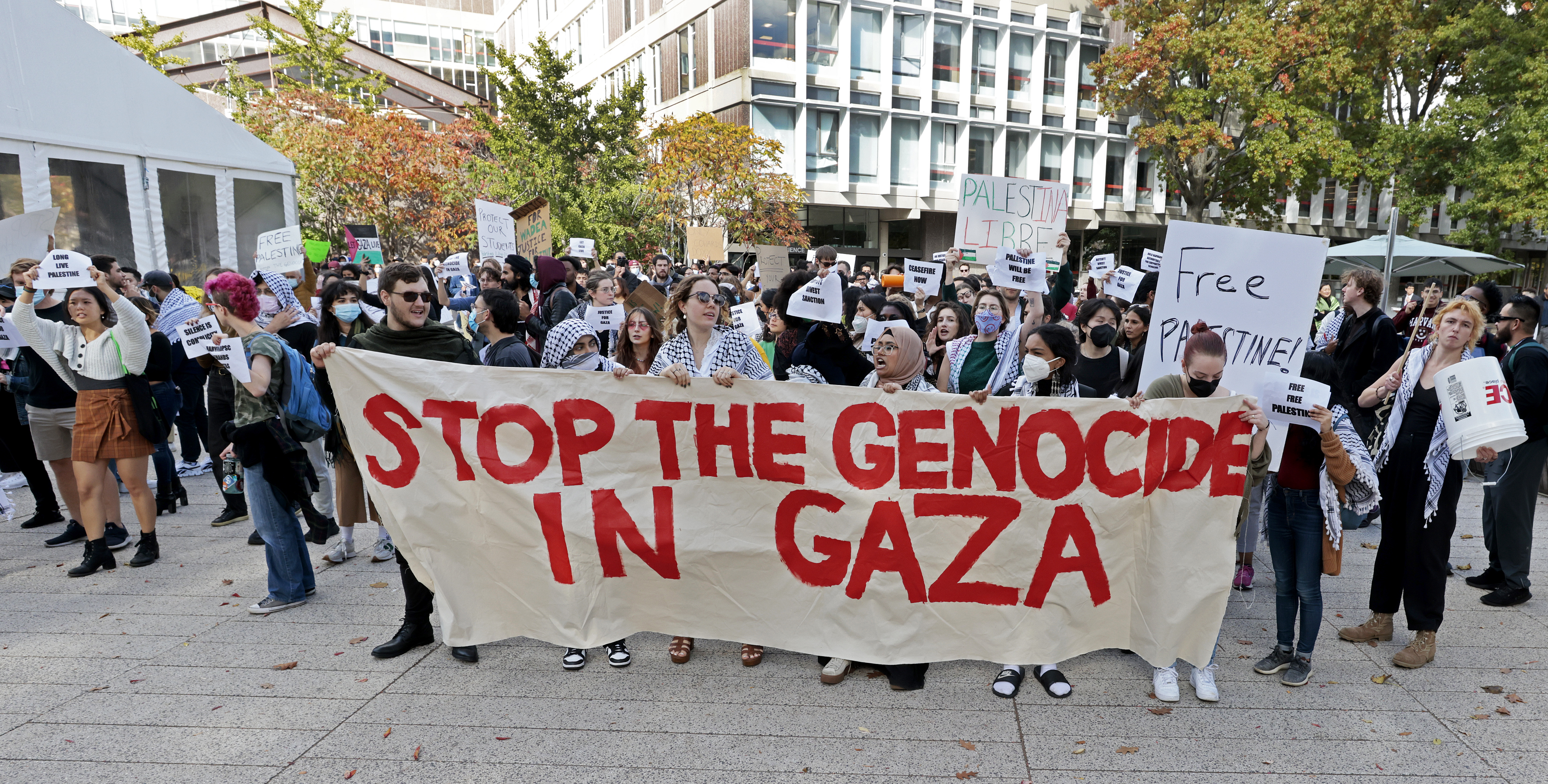
The story of Revere is one I see through my mother’s eyes.
Irene Quinn O’Connell was just 13 in 1933 when she left her grandparents' home in Buffalo, New York, to reunite with her family, who had sent her to live with her extended family because of the devastating impact of The Great Depression.
She joined her family in a home made in a small summer cottage on Avalon Street in Revere. Later, it would become my home.
The tiny shack in the Shirley Ave. (always "Ave." never "Avenue") neighborhood was steps to Revere Beach, the first public beach in America, and, in the 1930s and 1940s, the home to many entertainment milestones (The Cyclone roller coaster was, in its day, the tallest roller coaster ever built).
She often told me about how as she rode down Shirley Ave. upon her arrival to her new home, how she couldn’t understand how the water from Revere Beach didn’t just flow up the street.
Irene Quinn lived a colorful life before I arrived in 1961 that involved stints working for the organizations (read into that word choice what you will) that ran the Revere Beach amusements, and a job out west working for her uncle’s travelling rodeo. She managed the concession business.
But what she taught me about Revere was that its strength came, and comes, from its lifeline -- the immigrant communities that call Revere home.
Local
In-depth news coverage of the Greater Boston Area.
As an Irish Protestant, my mom grew up surrounded by Jewish bakeries and Italian restaurants. When I was growing up in the 1960s and 1970s, many of our neighbors and shopkeepers were Holocaust survivors. It was not uncommon to see the horrific concentration camp tattoos on the hand of the owner of the pizzeria as he served me a slice.
The diversity was a given. My mother loved America, and wanted to share the wealth and the opportunity, although she didn’t have much. As a woman, she was keenly aware of the discrimination she faced, but it didn’t stop her from throwing down the ladder to help others up. In the 1970s, my mother sponsored a Cuban refugee who lived in our neighborhood for citizenship. They became best friends.
As our neighborhood changed, yet again, in the 1980s, this time to Spanish bodegas and southeast restaurants, my mom pivoted her focus and went to work for the UMass Extension Service, and later for CAPIC Headstart, serving Revere and the Greater Boston communities. Her goal was to help newly arrived immigrants.

She was famous for taking Cambodian and Vietnamese immigrants, via the Blue Line, to Haymarket to help them find spices and vegetables that could work in their native dishes. Such an excursion seems unnecessary now, but the grocery stores of the 1980s were not the bounty we have available to us today.
My mother, who passed away in 1999, never classified herself as anything other than “pragmatic” and would be thrilled to see the Revere of today -- forever reinventing itself as new immigrants choose to call it home. She would never sugarcoat the challenges this brings to long-time residents, or the "newcomers," but she believed that Revere, as always, was up to the challenge.
And so do I.



